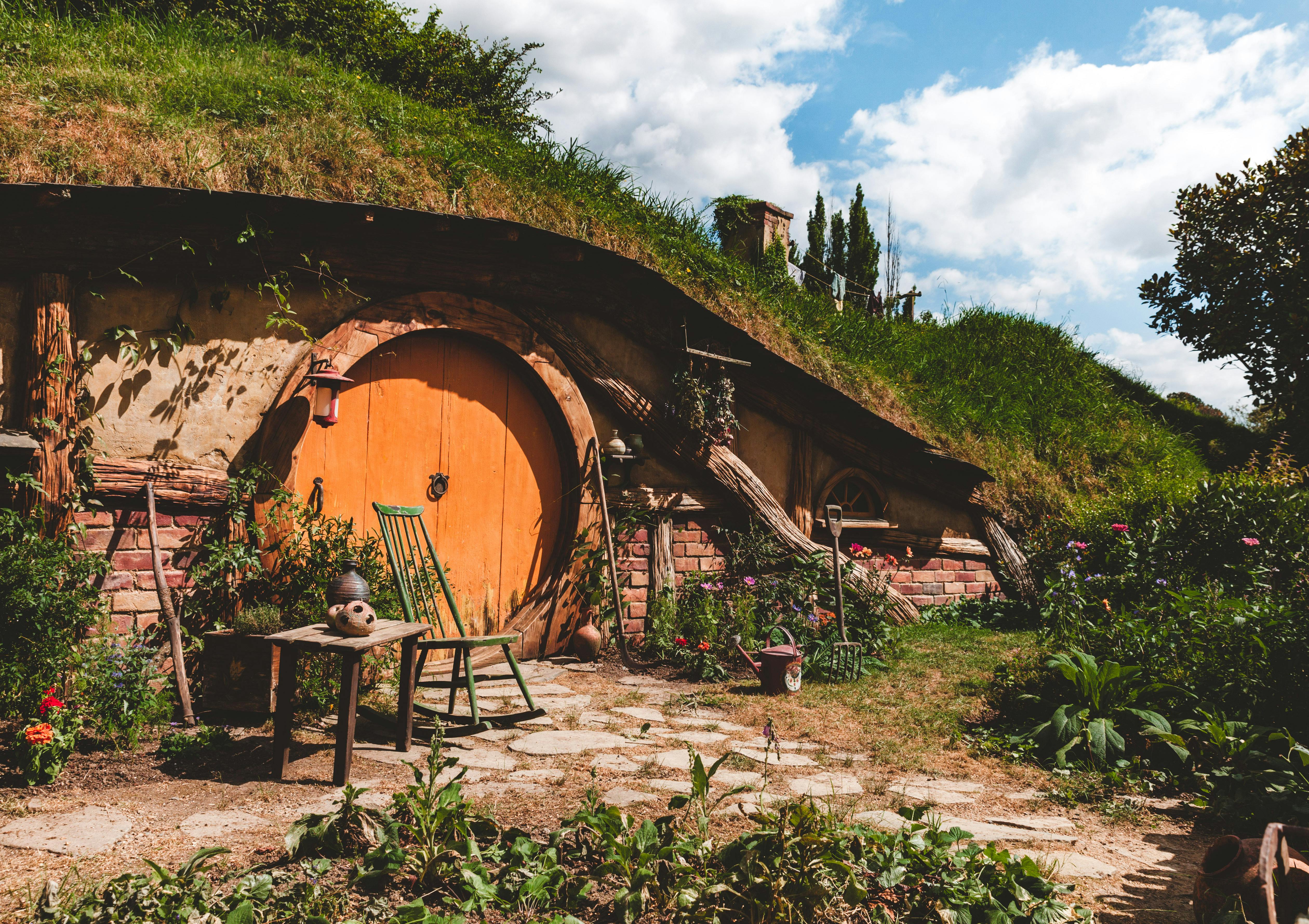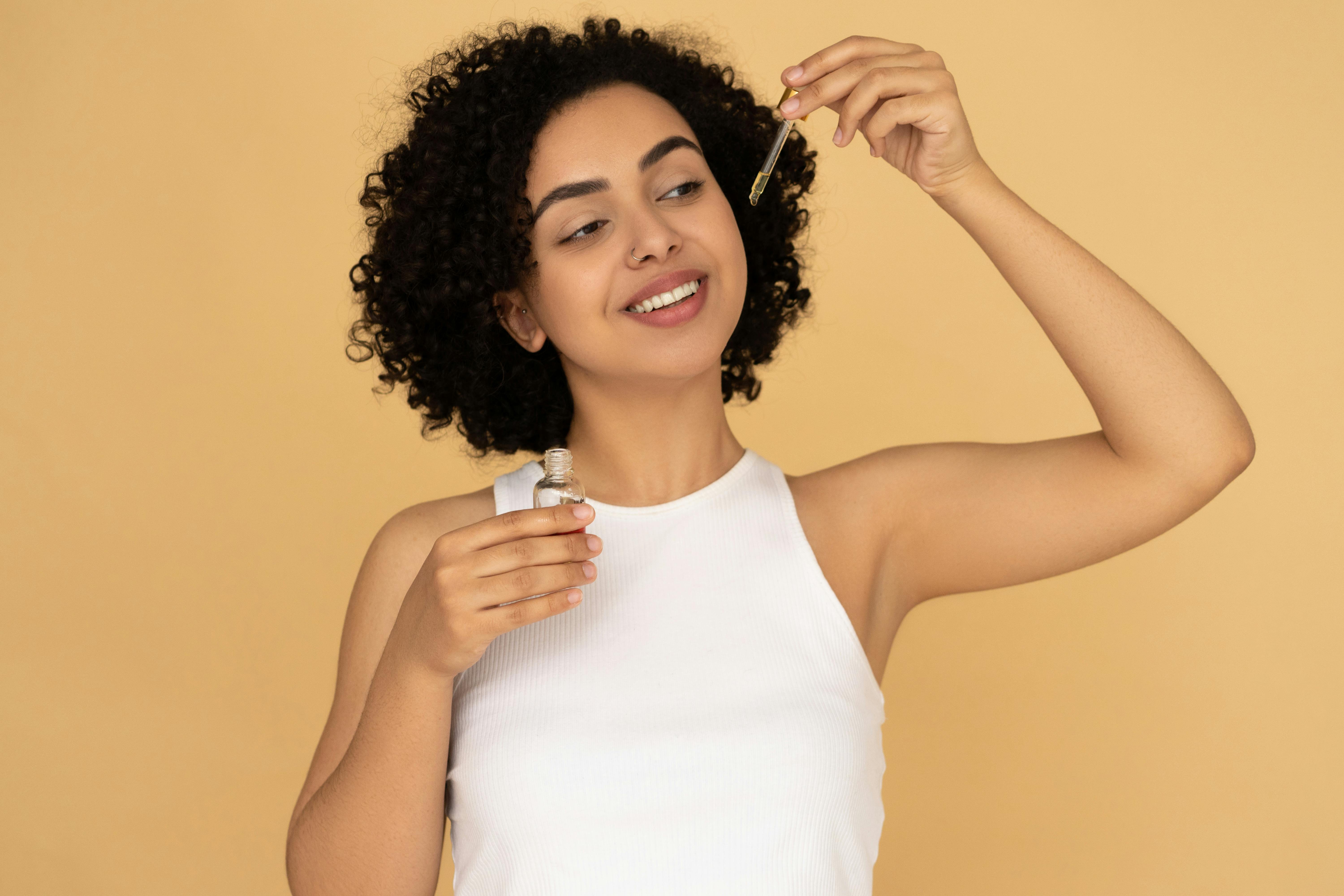Due to its medicinal value and popularity, it is known by many other names around the world as shown below Latin: Psoralea corylifolia English: Babchi, Purple Fleabane, French: Psoraléa, Arabic: Mehlab-Aswad, Persian: Waghchi, Sanskrit: Vakuchi, Bakuchi, Hindi: Babchi, Chinese: Bu gu zhi, German: Bawchan
The plant is commonly found in China and India in dry and arid conditions, especially sandy desserts. The seeds contain essential oil, a non-volatile terpenoid oil, a pigment, a resin, a fixed oil, raffinose, two coumarin compounds, namely, psoralen and isopsoralen, psoralidine, corylifolean, isopsoralidine; and the most active ingredient is the alkaloid psoralin.
Pharmacological action: antipleuritic (reduces itching – contains natural antihistamine) antipsoriatic antibacterial anthelmintic moderate selectively antifungal diuretic, diaphoretic.
Therapeutic uses: It is very useful in hypopigmented skin lesions such as leukoderma and psoriasis as it contains psoralen, which causes the skin to produce a new pigment when exposed to sunlight. It is used both as a local and oral application. It is also useful externally in scabies, dermatitis and leprosy and is also useful in cases of painful urination.
Clinical trials were conducted to evaluate the efficacy of Babchi oil / seeds.
Oral administration along with oil application and exposure of the patient to sunlight for 5-30 minutes daily for 1-7 weeks gave encouraging results. Shown to improve skin color (including removal of white spots)
In another, a case study consisting of forty-nine patients who used the Babchi seed / oil treatment for 6 months. Of these patients, 14 percent were cured and another 19 percent regained pigmentation in 2/3 of the patches.
Ayurvedic practitioners have found this herb to be so effective in treating leprosy that it was given the name ‘Kushtanashini’ (destroyers of leprosy).
According to ayurveda, it will increase Pitta (bile) in the body. so it should be taken with honey or ghee. I have tested its powder about 1-2 grams powder with water before breakfast and after taking it for 5-6 days the skin becomes sensitive to the sun (if you have tried any other psoralen based cream you would know the feeling) and the Brands that are exposed to the sun turn red.
The oil can be used to rub the white spots and it works the same way, it makes the skin sensitive to the sun and will make the spots red, be sure to use it with great caution as overexposure to the sun can and will. blisters and burns on the skin. So start with very little oil and very little sun exposure and then gradually build up to what can be sustained without any problems or discomfort.
An ointment made by combining one part of an alcoholic extract of the seeds with two parts of chaulmugra oil and two parts of lanolin has been found to be effective in treating leukoderma, white leprosy, psoriasis, and other inflammatory skin diseases and feverish conditions. The oil can be used both internally and externally as a simple ointment. Gently rub in the oil once or twice a day. The proportion of active ingredients can be increased if necessary.
Babchi also promotes bone calcification, which is why it is also used in the treatment of osteoporosis in traditional medicines. This herb is also used to stop the spread of some forms of cancer by inhibiting the multiplication of osteosarcoma (bone cancer cells) and lung cancer cells. According to the Chinese medical system, the seeds are known to be an aphrodisiac and a yang tonic for the genital organs. And it is used as a libido stimulator: to treat impotence and improve vitality.
Safety information and interaction: Babchi is generally considered safe; however, as it makes white spots very sensitive to the sun, it is important to wear sunscreen or avoid sun exposure. It is possible to experience skin irritation and blisters when using this herb topically. If that happens, stop using it. In many cases you would notice stomach pain and discomfort, discontinue use if you have this problem.
Precautions: Do not take with low levels of body fluids; do not use with licorice root.



